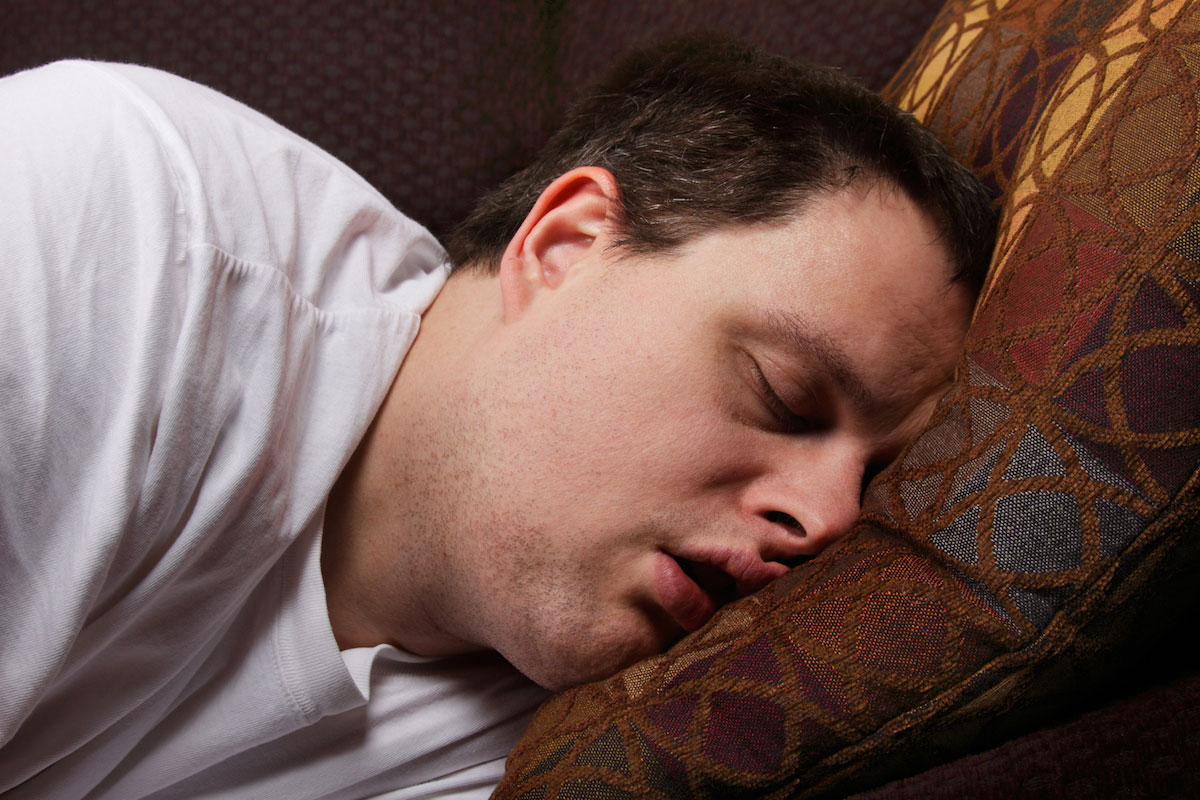It’s no secret that men usually don’t go to the doctor unless they think there’s a serious problem. Daytime sleepiness or a partner’s complaints about snoring might not be at the top of their list of health concerns. But these can be signs of serious, even life-threatening conditions if left untreated.
“Sometimes it’s accepted because they think, ‘Everyone experiences this. I’ll deal with it tomorrow.’ And, two years later it’s still there,” says Dr. Robert Bundy, Medical Director of the Center for Sleep Medicine at Windham Hospital and a member of Tallwood Men’s Health.
Tallwood Men’s Health provides the most advanced, clinically integrated care to men at various locations across Eastern Connecticut and at a Men’s Health Center in Farmington. The network of providers includes specialists in urology, cardiology, endocrinology, behavioral health and sleep medicine. A men’s health nurse navigator helps to ensure men are up-to-date with their preventative health screenings and connects them to providers based on their health needs.
Dr. Bundy says obstructive sleep disorder, also known as obstructive sleep apnea, is the most common condition he treats in the center. Obstructive sleep apnea occurs when an upper airway obstruction interferes with normal breathing. Snoring is almost always a symptom of obstructive sleep apnea, he says. Other symptoms can include excessive daytime sleepiness, difficulty concentrating during the day and waking up abruptly by gasping or choking.
Central sleep apnea is far less common than obstructive sleep apnea and occurs because the brain doesn’t send proper signals to the muscles that control breathing causing breathing to stop and start during sleep, Dr. Bundy says.
Obstructive sleep disorder’s effects can range from mild — forgetfulness and impairment of some cognitive functions — to life-threatening.
“The heart doesn’t like that low oxygen level [caused by the obstructive sleep disorder],” says Dr. Bundy. “A lot of patients with obstructive sleep disorder also have cardiovascular disease and that low oxygen level can trigger a lethal arrhythmia. The heart stops pumping and the patient stops breathing.”
Risk factors of obstructive sleep apnea include obesity, gender (men are two to three times more likely to have obstructive sleep apnea than women), neck circumference (greater than 17 inches in men), smoking and drug and alcohol use.
The most effective nonsurgical treatment for moderate to severe cases of obstructive sleep apnea is Continuous Positive Airway Pressure therapy, or CPAP, which uses a machine to increase air pressure in the patient’s throat so that the airway doesn’t collapse while breathing during sleep. A CPAP device can include a mask that covers the nose and mouth, a mask that covers the nose only or prongs that fit into the nose.
Dr. Bundy says sleep medicine can be a gateway for finding out about other health issues.
“When you look at sleep in a general sense, it’s really all about the individual,” he says. “It can be the person who is up many times during the night to use the bathroom, or maybe they have hypertension, atrial fibrillation (A-Fib), heart disease, heart failure, diabetes, or psychological or neurological issues. All of those things can have an origin or at least an association with sleep.”


